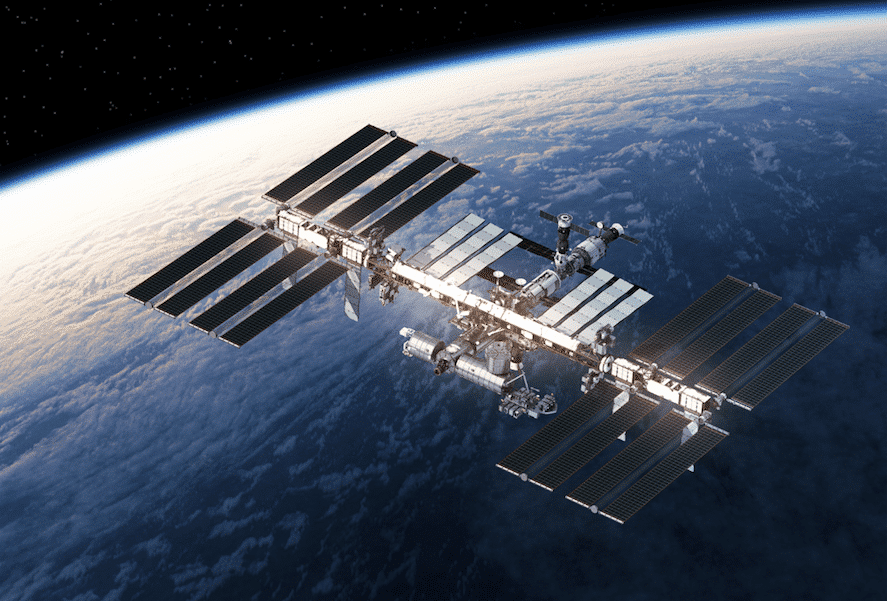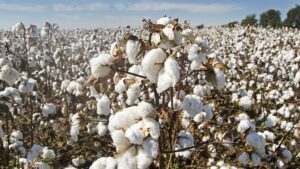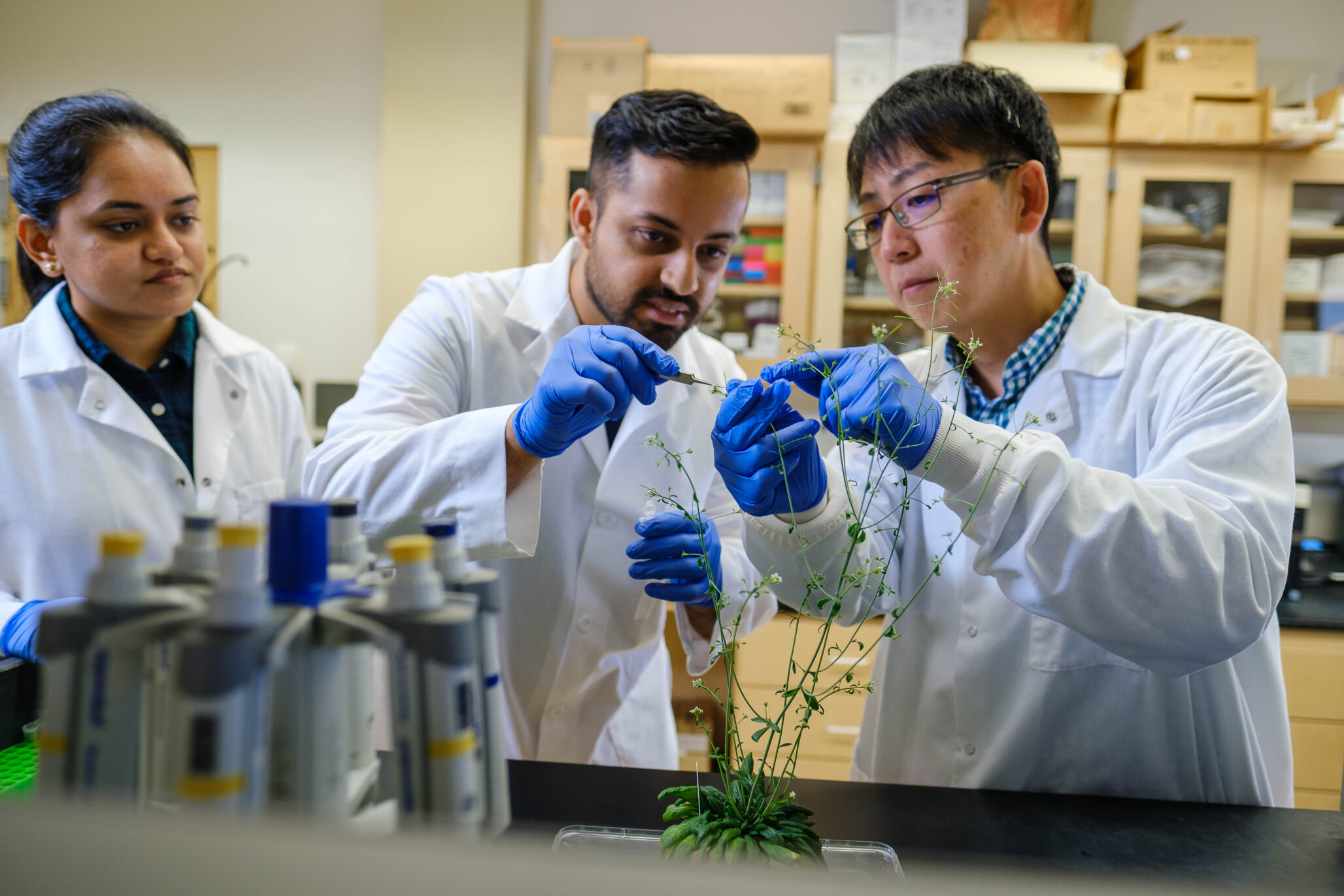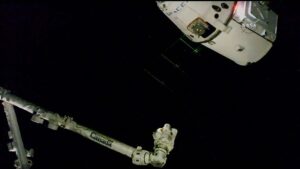With endless knowledge just a click away, how can we engage students to get excited about making their own discoveries?
What’s better than growing plants on Earth? Here’s a hint: growing crops in space.
But there’s always a catch: researchers still aren’t certain what affects crops in space. There is significant evidence, however, that microgravity affects virtually every aspect of plant growth. The only way to determine what specifically can affect growth and yield is to experiment.
This past spring, the International Space Station (ISS) National Laboratory sponsored new experiments, which will be managed by the Center for the Advancement of Science in Space (CASIS), to test some of these effects; primarily, the effect microgravity might have on certain crops.
Magnitude.io (Magnitude) believes research like this is not only for adults to learn about crop growth — students are lead through investigations on the effects of microgravity on plants, as well.
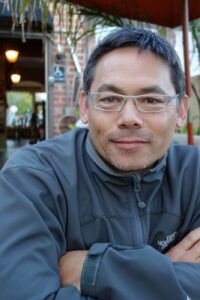
“We really looked at the role of America in the world today,” says Ted Tagami, CEO and founder of Magnitude. “We’ve lost our leadership in STEM, and our current educational system is currently going through transformative change. We want to show students how applicable sciences can be, especially at the intersection of science and engineering.”
Once Tagami and his team learned about CASIS’s call for experiments for the ISS, he knew it was an opportunity Magnitude couldn’t miss. Magnitude developed a project that could not only be sent into space but could be observed in many different classrooms in the U.S. concurrently.
Using ExoLab and a package of seeds, students can grow their own experiment in a specialized growth chamber in their classrooms on Earth while a clone plant is growing on the ISS. When there’s a resupply mission, Magnitude is able to send more experiments for students to work with, which allows classrooms to look at the relationships between environmental conditions, specifically the effect microgravity has on plant growth.
“It was tough to get access to the ISS,” says Tagami. “But, we wanted to bring something extraordinary and take it to classrooms.”
What plant would be best suited for not only multiple experiments, but also could hold the attention of middle school students in fast-paced America?
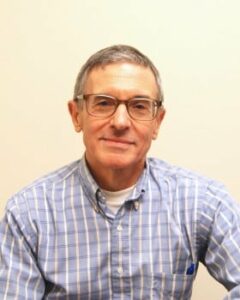
That’s where Lewis Feldman, a professor of Plant and Microbial Biology at the University of California, Berkeley, and Magnitude’s university advisor, stepped in. He recommended starting the experiment with Arabidopsis thaliana.
“Arabidopsis is from the mustard weed family,” says Feldman. “It doesn’t have many special needs for growing. The problem while working with plants is research needs to be perfectly timed, and Arabidopsis has a rapid lifecycle — around 40 to 50 days. Arabidopsis also has a well-known genome sequence and many of its genes have been identified and there are several mutants available to use.”
“We really want students to ask questions,” Tagami says. “What’s required for an astronaut’s nutrition? How do plants grow differently in microgravity? Are different genes being expressed that may result in the discovery of a saline-tolerant capabilities or perhaps higher resistance to pests? We’ve introduced this program into middle and high schools in more than a dozen states so young people can begin thinking about future careers and their role. Through projects like ExoLab they can get excited about STEM education again.”

Not only does the ExoLab allow students to grow their own Arabidopsis plant in their own classroom, the device also receives data from the experiments on the ISS for the students to compare their work to the experiment in space. The ExoLab on the ISS measures ambient conditions such as temperature, humidity and carbon dioxide levels. It also takes an image of the plant every hour, which allows students to observe differences between their classroom plant and the plant in space.
“While the opportunity to grow plants in space might not let us learn anything new, it will definitely engage students,” says Feldman. “Right now, a lot of college students aren’t used to making their own observations. The ExoLab allows students to have data sent directly to their classroom, and they have to work with it and draw their own conclusions.”
However, there are a few problems to run into.
“The conditions in the ISS are tolerable for astronauts, but they aren’t the best conditions for plant growth,” says Feldman. “Sometimes, the experiment fails because it’s too hot or there isn’t enough water.”
In response, Feldman believes there should be better standards and conditions to allow their plants to grow well while they live on the ISS.
“When you talk to astronauts, having a plant makes a huge difference to them,” he says. “You think about plants in a different way when you’re alone with just machines, and one day, they’ll need better conditions in order to grow their own food for longer missions — especially if there’s going to be a mission to Mars.”
However, the projects don’t end here. Tagami and his team sent four different plants to the ISS aboard a SpaceX resupply mission this summer. amaranth, chard, mizuna, and purslane were the candidates for this flight, and a follow up launch is already in the works where teachers and students will lend a hand determining what to grow next.
Whatever’s next, Tagami and Feldman both hold one hope: that students will engage with the curriculum and look at STEM education in a new way. With this project, Magnitude is inspiring the next generation of biologists, geneticists and plant breeders to challenge themselves by relying on their own eyes and observations.
DID YOU KNOW? The ISS flies 250 miles above the planet and travels more than 17,500 miles an hour. It is larger than a football field and has had astronauts living aboard and doing research for nearly two decades. In a constant free fall, gravity is almost non-existent while aboard the ISS.


